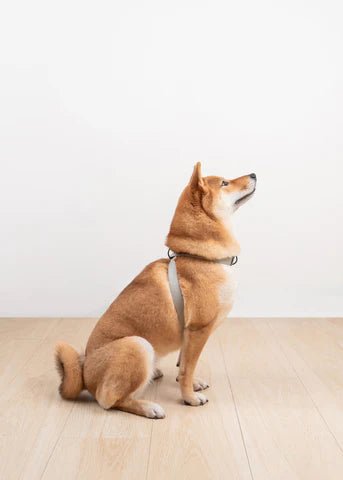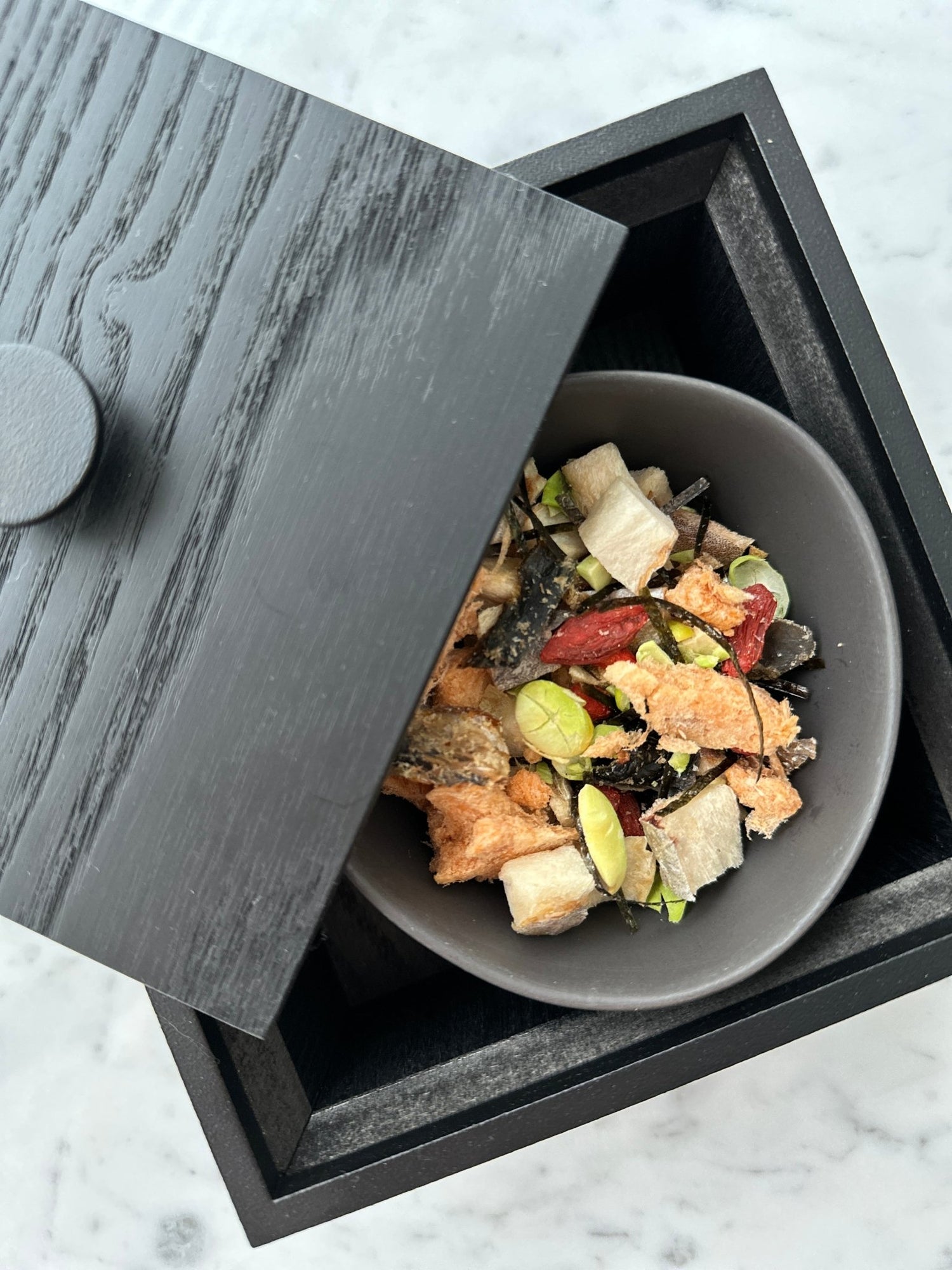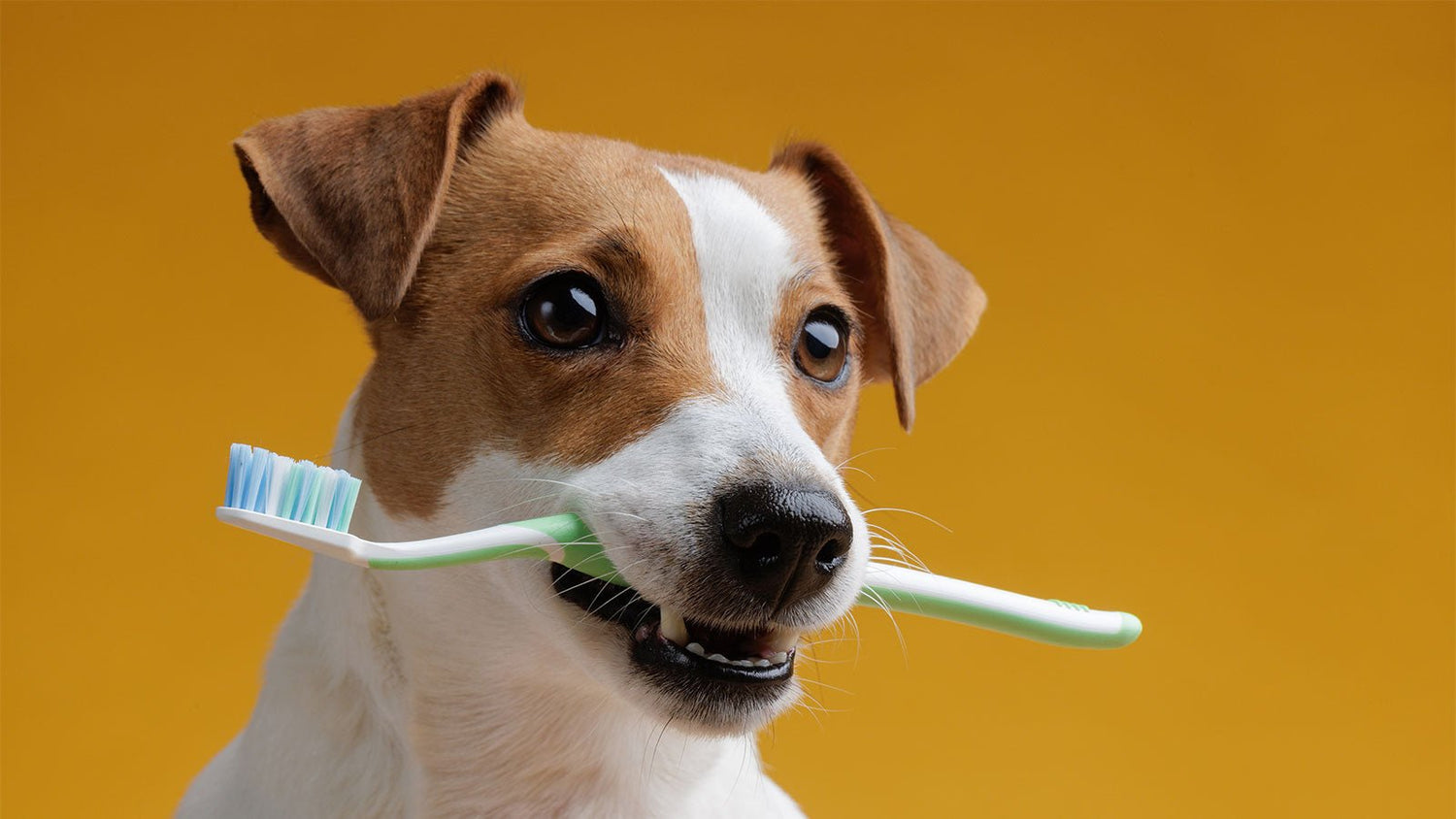This article is contributed by Esther Lim, pawrent to 2 lovely dogs named Milo (@babymiloxpoodle) and Maya (@mayaxgoldendoodle).
Does your dog growl and show his teeth if you come near him while he's chewing on a bone? Does he stiffen if you try to take a toy from him? If you walk near him while he's eating, does he eat faster?
Resource guarding refers to any defensive behaviour that a dog displays to convince others to stay away from something he considers valuable. Besides growling, tooth displaying and stiffening, other behaviours include glaring, snapping, barking, biting, refusing to let a person approach or pick up a food dish, or other prized possession. Dogs commonly guard food, toys, treats, beds, or even a person. This is a relatively common canine behaviour and is influenced by a number of environmental and situational stimuli, including a dog's natural instinct to survive. For example, the first dog that has access to food has nutritional advantage over others. Even though domestication has changed dogs in many ways, instincts remain deeply rooted. Dogs have most likely evolved from scavengers, and scavengers do not need pack members to survive; other dogs compete for food and threaten survival, so guarding access to scraps becomes extremely important. Aggression is a natural canine personality trait - all dogs have it to some degree and will show it under certain circumstances.
Although there are theories that specific breeds are more likely to display resource guarding behaviour, resource guarding is not a breed-exclusive problem. Some of the most common reasons for resource guarding includes past trauma, genetics and multiple pets in the household. If you see a puppy guarding its food bowl even though it is still a baby, chances are it's a trait inherited from one or both parents.
People tend to equate aggression with dogs that are "mean" or "bad"; they sometimes misinterpret or downplay the signals their own dogs send. If you ignore an aggressive signal, such as a growl, and you continue the behaviour the dog is objecting to, he may escalate to a nip to get his point across. Resource guarding in dogs, also known as "possessive aggression", can be quite alarming and scary for dog owners to experience. These behaviours need to be put in context to fully understand what the dog is saying. Under what specific circumstances does the dog growl, snap, or bite? Toward which people or animals is the behaviour directed?
It is a lot easier and quicker to prevent resource guarding than it is to cure it. Teaching our dogs from the start that there is no need to worry about losing anything they find valuable is an incredibly important lesson. It means they can always relax and enjoy the things they love without having to panic. Being consistent and constantly swapping items will help dogs learn to share without being worried.
Every time you need to take something from your dog, swap it for something else. This should be something your dog considers to be equally or even more valuable. This way, your dog can feel comfortable about you taking something they like away, as you're exchanging it for something they love.
For example, if you take a toy away, swap it with a tasty treat or another favourite toy. Offer the "better" item before trying to take what they have away. Another method is to drop several pieces of food or treats onto the ground, slightly away from your dog, so they have to leave whatever it is they have to go over to eat the treats. Then you can calmly go over and pick up the item and remove it while they are busy enjoying themselves. Your dog will start to feel happy about you approaching them when they have something they treasure because they associate it with getting something extra special. They might even get up to greet you, dropping what they have in the process. Which is just what we want! This means they have linked your approach with good things happening, so they have absolutely no reason to become fearful.
Dropping food near your dog's bowl and then walking away again whilst they're eating will help them link your approach with good things. Remember, the food you drop must be tastier or more special than the food they are eating, so they always see you approaching as a bonus and nothing to worry about! You can progress further by placing down an empty bowl, then walking towards it and dropping a little food right into it. Move away and watch your dog eat their food. As soon as they've finished and the bowl is empty again, approach it and drop in more food. Your dog will be learning to look forward to you coming close to the bowl.
If your dog is "stealing" socks or other household items, make sure you do not chase them as this can cause problems. They might enjoy being chased and think it is a game with you and lean-to steal things just so you'll run after them. Simply ignore your dog and create a distraction by quickly leaving the room so they follow you or pick up an item you rather your dog have. Start to interact with this yourself, turning it over in your hands, tossing it up and down, playing with it while ignoring your dog. Your dog now has a choice - to carry on all by themselves with no attention from you or join in with the fun you're having. When your dog comes over to you, reward them and encourage them to interact with their own things. Once they are happily occupied, you can calmly collect your own items. Never grab your dog and prise something out of their mouth unless they are in danger, and it is absolutely necessary. If you have to do this under any circumstances, be sure to give them lots of treats and praise immediately to counterbalance the worrying effect of you prising something away from them.
Do you have to feed your dogs separately to avoid conflict?
Resource guarding is a common behavioural problem in multi-dog families. It's totally normal for dogs not to want to share valuable resources. However, just because a behaviour is normal doesn't mean you have to accept it, especially if it causes stress and anxiety. Dogs who guard resources can be unpredictable, and dangerous situations can result from the behaviour. If you think your dog's resource guarding may put another dog or yourself in danger, do not take it upon yourself to try and correct the problem. In this situation, your best course of action is to seek a professional.
There is nothing more efficient than using treats to encourage wanted behaviour, and the same goes for solving resource guarding problems. Correcting resource guarding behaviour will take a lot of practice and patience. Observe your dog's behaviour around other dogs and write down what you see. Make notes of what your dog protects, as well as when and where he protects it. You will only be able to correct the behaviour if you know what it is you're correcting. Keep high-value treats handy at all times. While working with a dog who guards resources, you should always be ready to praise and treat positive behaviour. Teach your dogs to "drop-it" or "leave-it". This will be very helpful when teaching them to share resources. You can work on taking a toy from one dog and giving it to the other and vice versa. If your dog figures out that sharing their toys or tolerating company during dinner time means getting tasty treats, eventually, they will forget about snapping and growling. Use a firm, calm voice when giving commands to your dog. Work slowly and methodically. Do not expect to correct his behaviour overnight. When you aren't actively working with your dog, be sure to continue managing the negative behaviour by keeping resources out of sight. You don't want your dog to suffer a setback when you least expect it.
Avoid any punishment, as this will only make your dog insecure and fearful, which will usually lead to aggressive behaviour as they feel threatened. Due to potentially dangerous situations resource guarding can create, it is important to maintain safety first, both for you and your dog. Depending on the severity of your dog, before diving into ways, you can start to address any resource guarding with your dog; working with a certified dog trainer or a behaviour consultant should be your first step.
All views expressed on this site are author's own and do not represent the opinions of any entity whatsoever. The purpose of the article is to share experiences and opinions in general. If you are seeking professional advice, please consult a professional.





